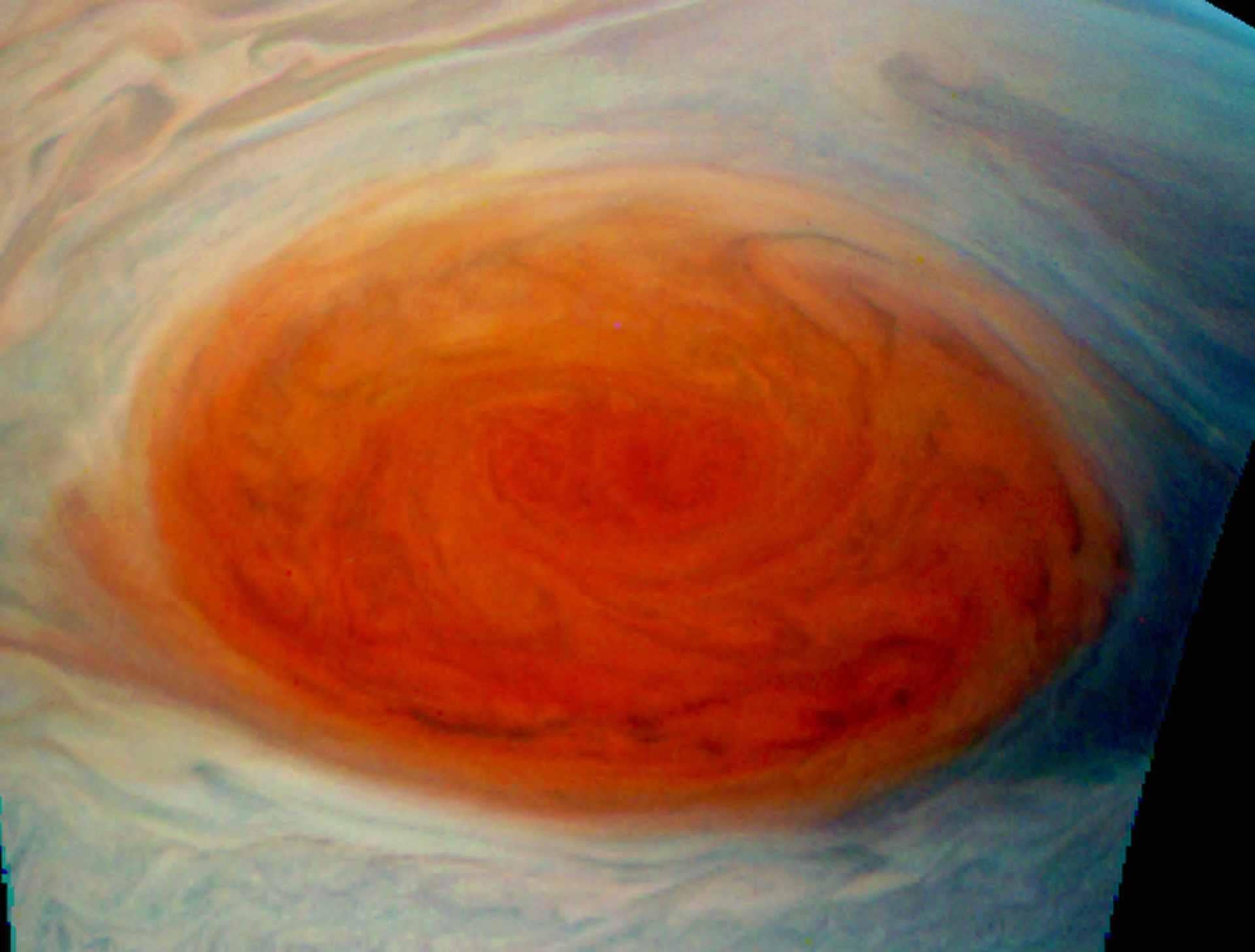Jupiter’s swirling ‘Great Red Spot’ is far deeper than we realised, Nasa’s Juno probe shows

Your support helps us to tell the story
From reproductive rights to climate change to Big Tech, The Independent is on the ground when the story is developing. Whether it's investigating the financials of Elon Musk's pro-Trump PAC or producing our latest documentary, 'The A Word', which shines a light on the American women fighting for reproductive rights, we know how important it is to parse out the facts from the messaging.
At such a critical moment in US history, we need reporters on the ground. Your donation allows us to keep sending journalists to speak to both sides of the story.
The Independent is trusted by Americans across the entire political spectrum. And unlike many other quality news outlets, we choose not to lock Americans out of our reporting and analysis with paywalls. We believe quality journalism should be available to everyone, paid for by those who can afford it.
Your support makes all the difference.Jupiter’s swirling, mysterious “Great Red Spot” extends much deeper into the planet than we had previously known, Nasa has said.
The new findings from the Juno spacecraft, which flew past our near neighbour, give more detail about the red spot than has ever been known before. They give new information about the climate on the planet
The Great Red Spot can be seen from Earth as a bulging scarlet circle on the surface of Jupiter. But close-up, it is tempest that is swirling 16,000 kilometres across the planet – big enough to swallow Earth whole – and has been going for hundreds of years.
But the new studies looking at the vertical structure of the Great Red Spot extends deep down into the planet. But one of the new study also shows that the Great Red Spot is powered by jets that extend even deeper into the planet.
The Great Red Spot is no more than 500km deep, while the jets themselves extend down 3,000km, the new studies show.
Scientists hope that the new research could help solve other deep questions about the Great Red Spot, including learning more about the structure of the vortices that make it up and what processes power them.
The research, conducted using Nasa’s Juno spacecraft, is published in the journal Science.
Join our commenting forum
Join thought-provoking conversations, follow other Independent readers and see their replies
Comments